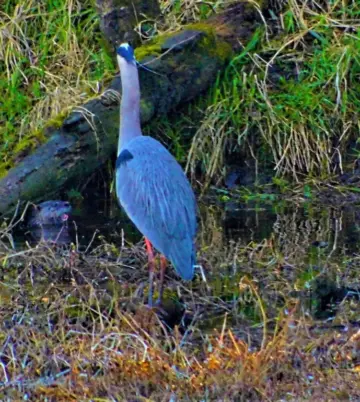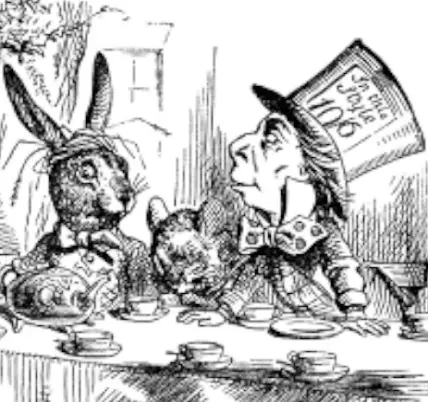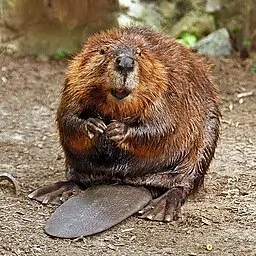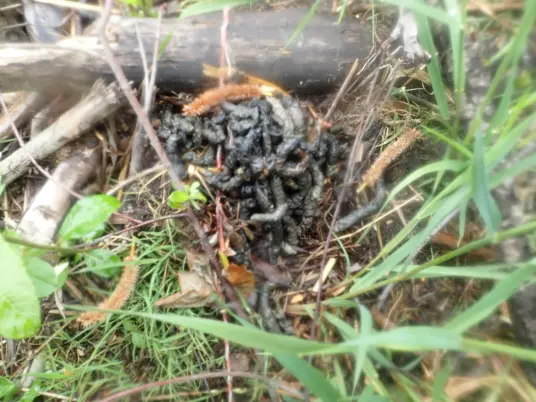ROUS of the Wetlands
by Marcia Wilson
Web-Footed Rodents of Unusual Size (ROUS)

There are five aquatic-dependent mammals living in the CPTC swamp: the American mink, otter, muskrat, and (unfortunately) nutria. The fifth stands out from them all: North America’s largest native rodent, the Castor canadensis, also known as the North American Beaver.
Until recently, beavers were valued for their meat, glands, and fur. That fur is thick, warm, and durable. In the days before insulation and breakthroughs in fiber technology, animal products were a strong market asset.

A Motivator for Emigration
The animal has often been an unwilling player in world politics. The hunt for beaver pelts was a large motivator for immigrants to come to North America with traplines and plans for invasion, which just happened to coincide with rich hunting lands. Europe and her neighbors were willing to pay for pelts since their own native beaver, C. fiber, was largely extinct. North America, they thought, offered a limitless supply for the insatiable appetite for perfumery, hats, and felting fur.
A Different Sort of Gold Rush
Beavers secrete a fatty, waxy substance from their anal glands. This secretion is called castoreum, and beavers use it to waterproof their fur and scent-mark territory. Being odd creatures, humans looked at the stuff and thought it would be better used in perfumes and folk medicines. It is still possible to buy whiskey flavored with castoreum, which supposedly “exudes a leathery, raspberry taste, and acts to fortify the whiskey flavors.” We’ll take their word for it.
It takes about ten beavers to gather one pound of castoreum. Thankfully, science has created alternatives and eliminated the need for the hind-end harvest.
A Toxic Business

The greed for fur came with a high price for animals and for those who handled the resulting products. Animal pelts were treated with poisons like arsenic and mercury. The 19th-century phrase “mad as a hatter” didn’t originate with the character from Alice in Wonderland. Mercury, recognized today to be a powerful neurotoxin, created an industry-wide phenomenon among hat-makers. Their exposure to the toxic substance resulted in the loss of physical coordination, emotional changes, and a decline of mental function. Even today, a donation of a preserved animal or fur product to a museum, thrift store or archive needs to be handled carefully, preferably with gloves!
Puttin’ on the Ritz
Today an old-fashioned (if non-toxic) beaver fur hat can run about $100. Beaver fur hats, capes and trims were proof of prosperity, and plenty of people were happy to take out a bank loan to look like their wealthier neighbors.

By all accounts the meat is delicious. Europeans ate the large rodents until they ran out in the 19th century. Its webbed feet and aquatic nature led to its classification as a fish for the days when Catholics eschewed meat meals.
Busy as a…
Beavers are prolific, give birth multiple times a year, and have a compulsion to build watertight dams that make it hard for predators to prey on them. Dams can go up as fast as 24 hours, and like the work on I-5, the construction never ceases. The current record for the largest dam is in Alberta, Canada, at over half a mile long. This can lead to challenging situations where wetlands double in size within a few days. Otter and mink take advantage of dams and use them for extra hunting grounds, or as their own “wildlife corridor”. Otter will knock down dams to lower the water levels, trapping the fish within suddenly shallower pools.
Like many rodents, beavers are constantly chewing to file down their sharp teeth. Bark, grasses, shrubs and most green plants all fall under their diet.
A Closer Look
In the warm months, diseases from the animals are more prevalent. Giardia, tularemia, and tuberculosis are the best known. Giardia was one of the first protozoa positively identified by Antonie van Leeuwenhoek using the world’s first microscope and a sample of his own diarrhea.

“Scientists aren’t normal.”–Prof. Stokes
A ROUSing Success
The native ecology–and its plentiful predators–rely on these large, constantly chewing rodents to maintain their food webs. When wetlands must be repaired or regenerated, the solution is to bring beavers. By doing what they do, they build wetlands. As we better understand them, we gain further appreciation for their natural role. Human labor and resources for a restoration can run in the millions of dollars, but a family of beavers is a fraction of the cost and needs no paycheck.
Brown Gold, Then and Now
Beaver pelts were once the most valuable part of the animal, “brown gold,” if you will. Now their value comes in a different form, that of carbon sequestration. Their dams create wetlands that eventually turn into peatlands. Peatlands are still in the process of being understood but their usefulness in the carbon cycle is a fact. Like all natural species, their numbers rise and fall in cycles. One thing they do not do is stay put. Beavers are here to stay, and they are resilient little construction workers.